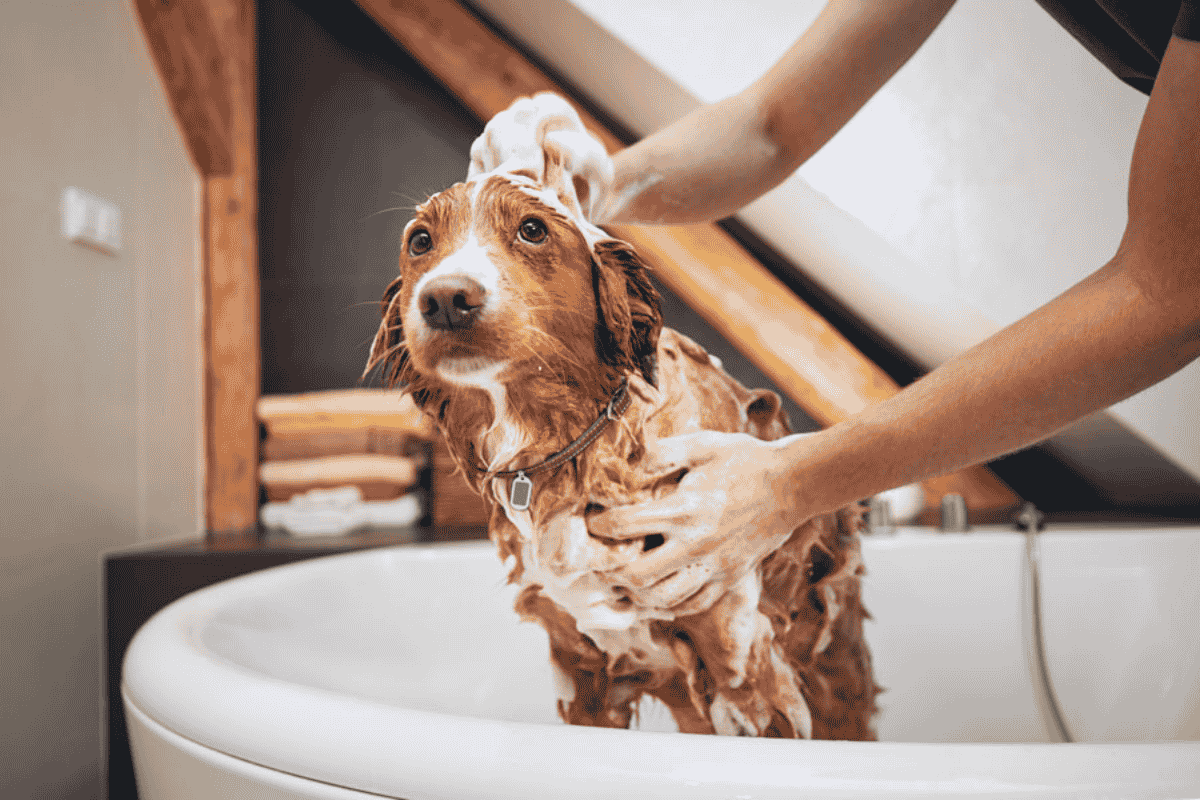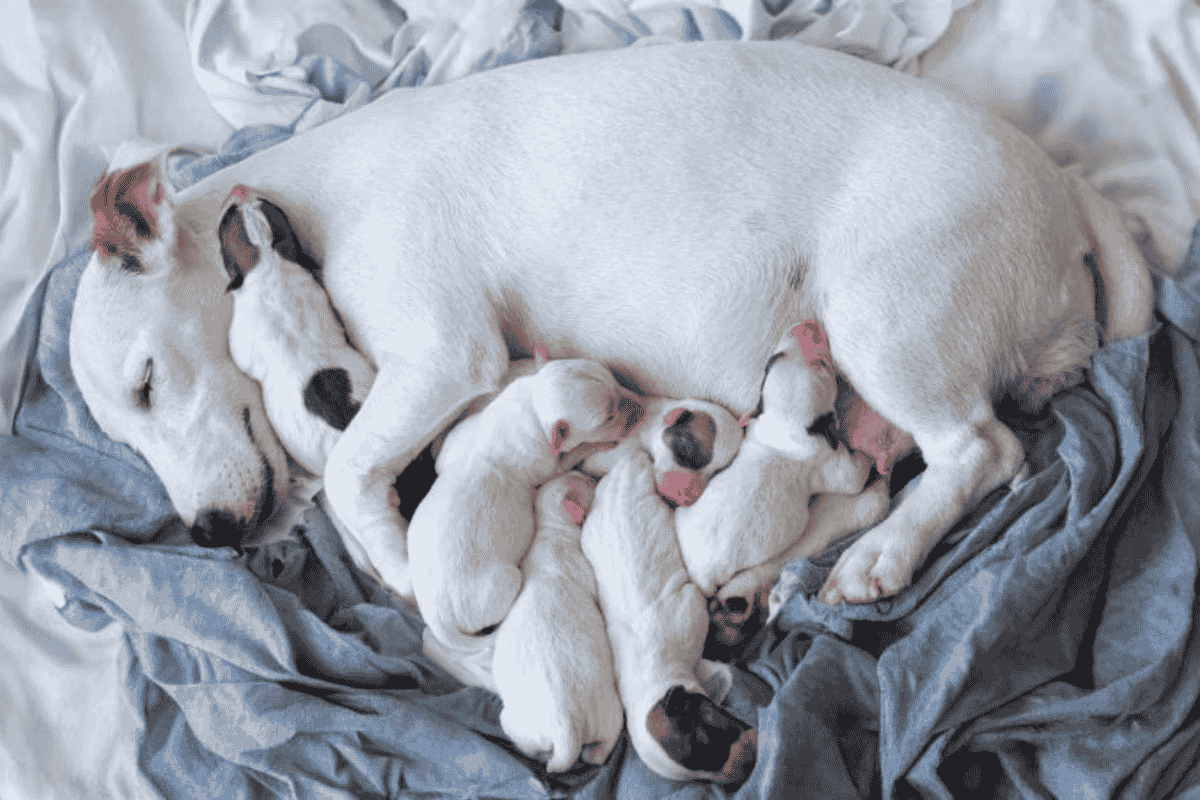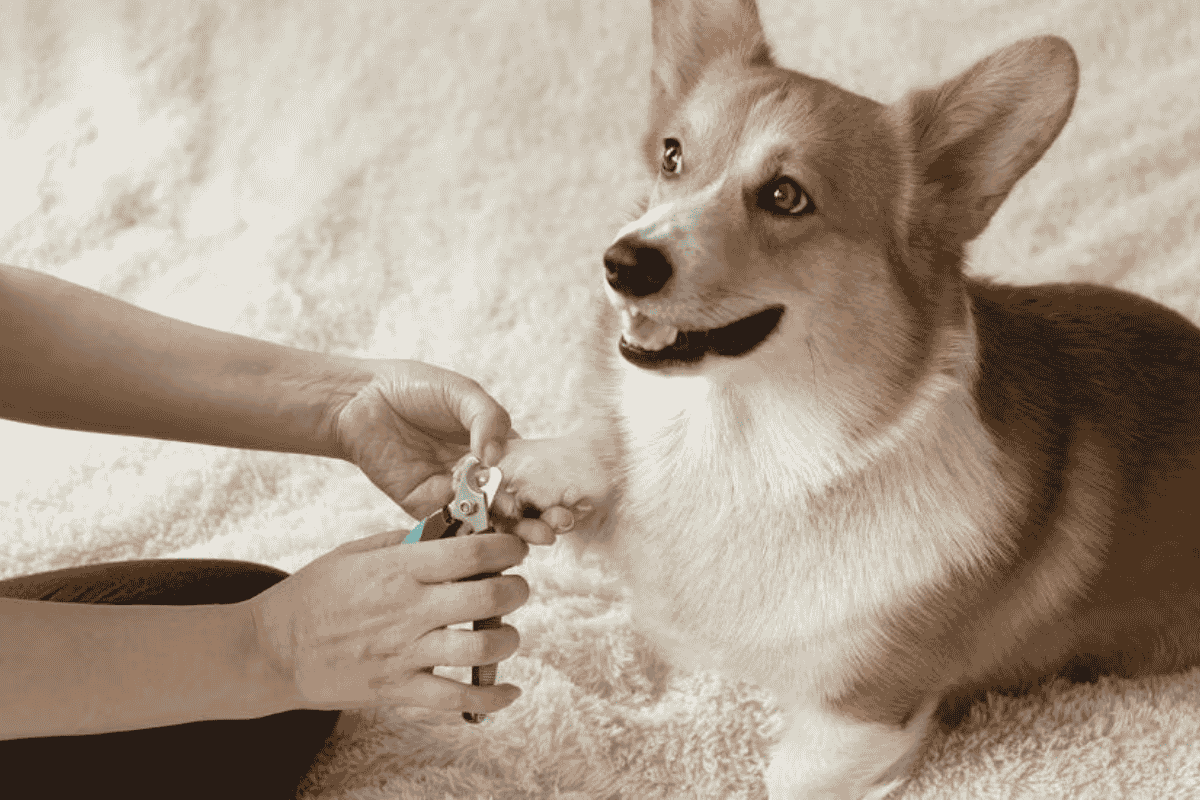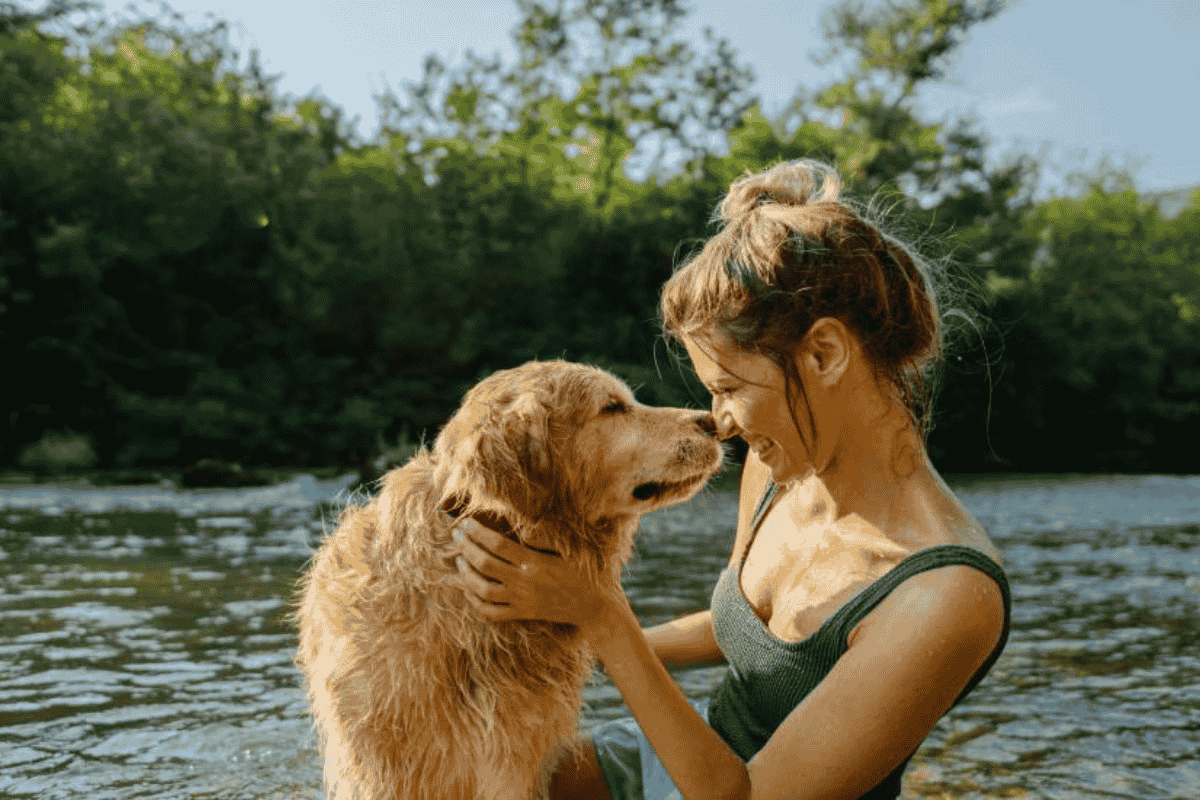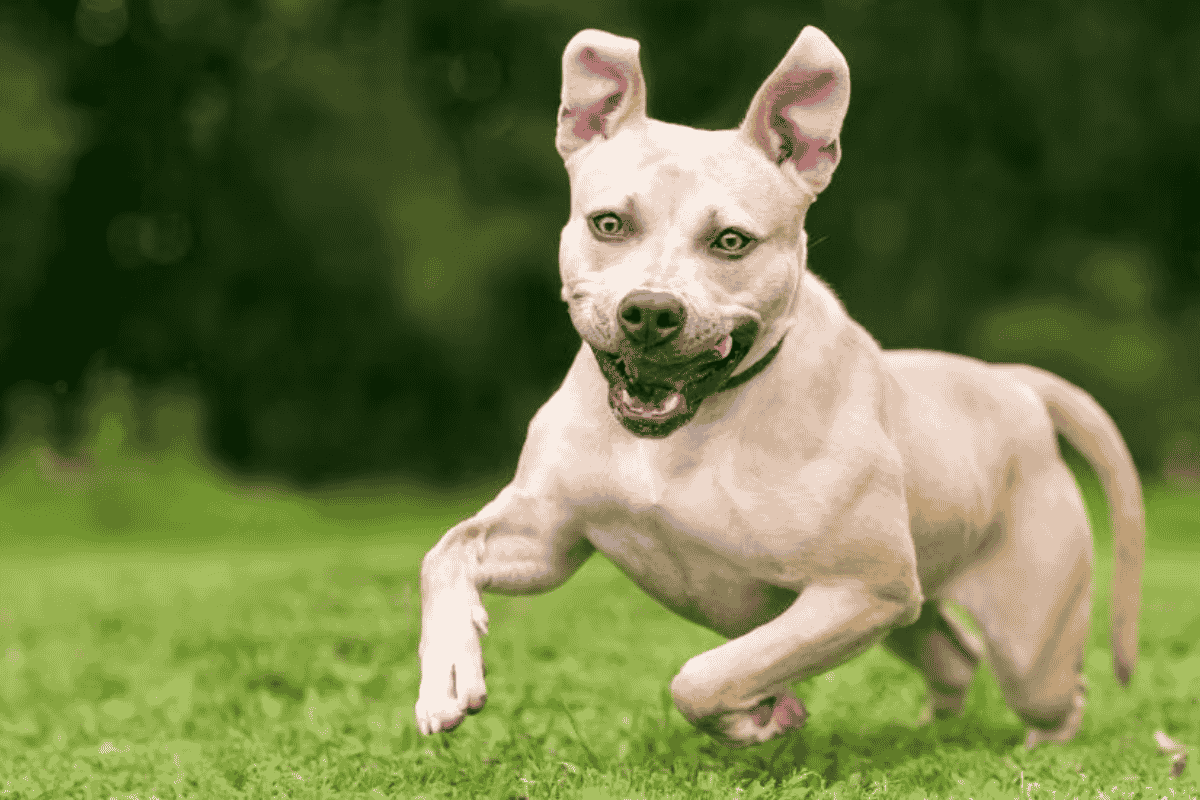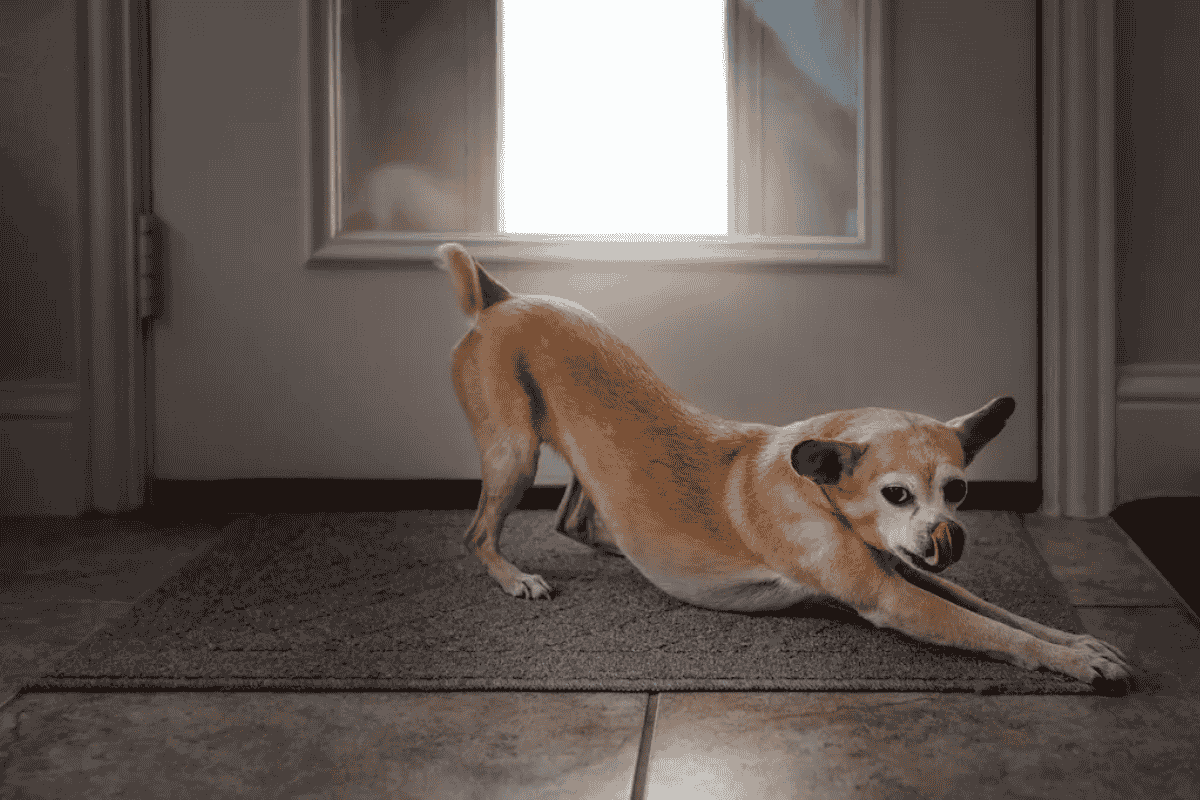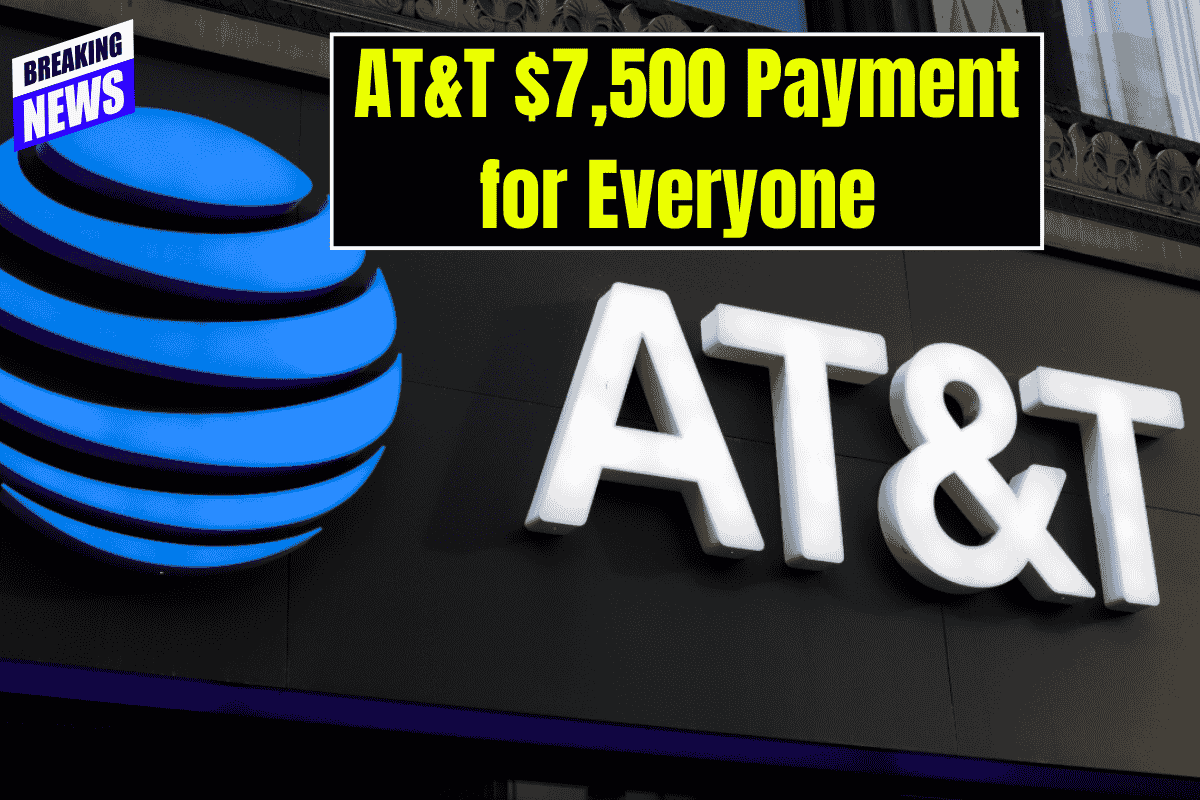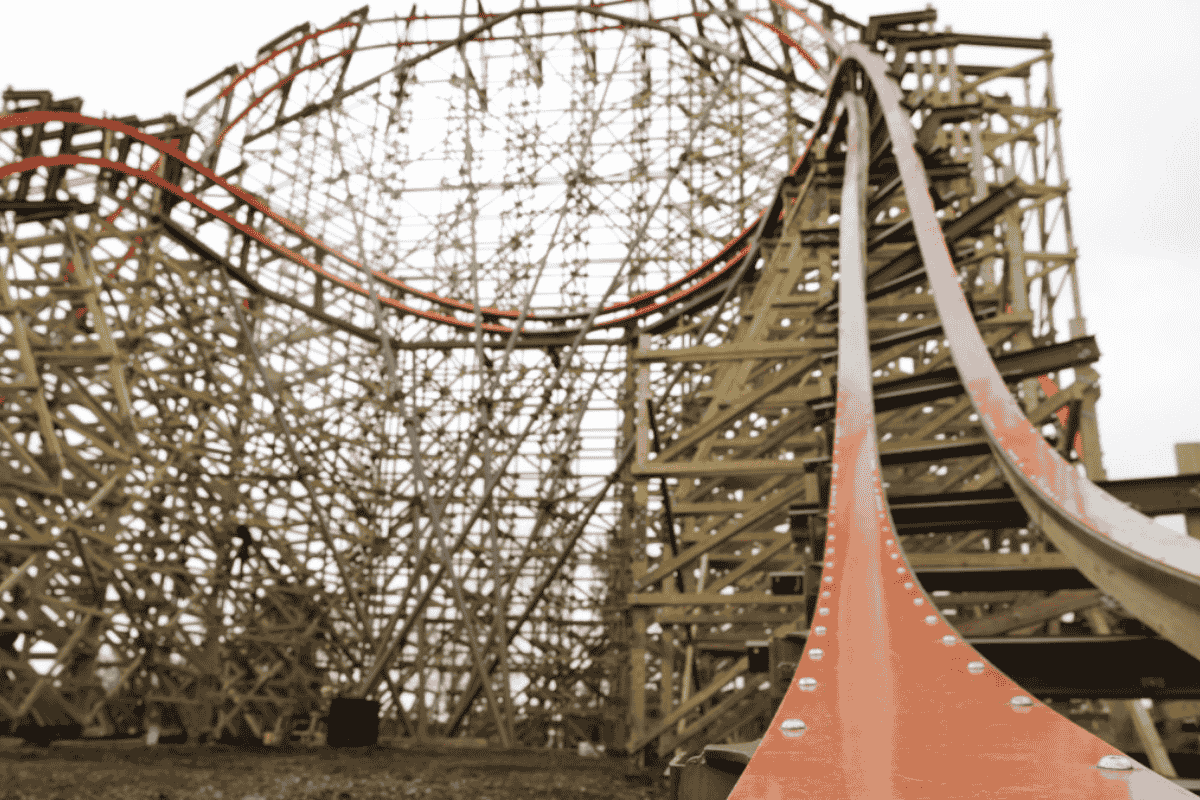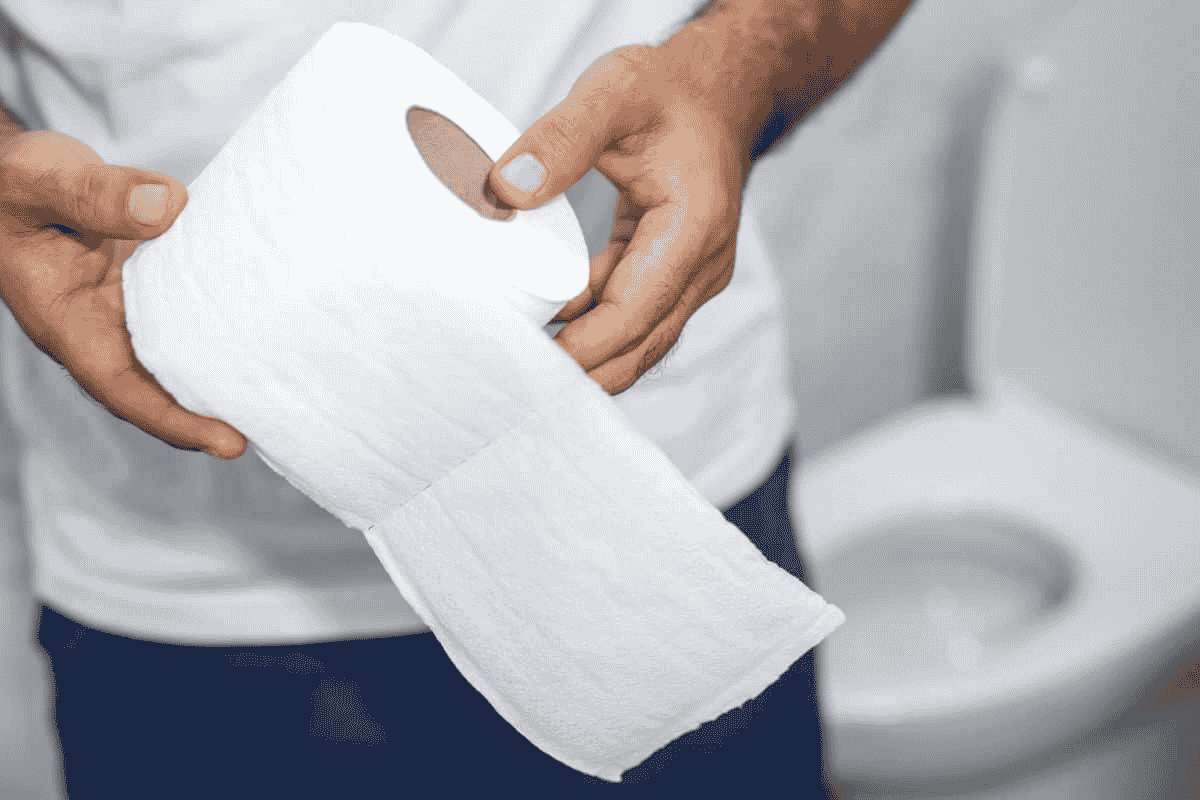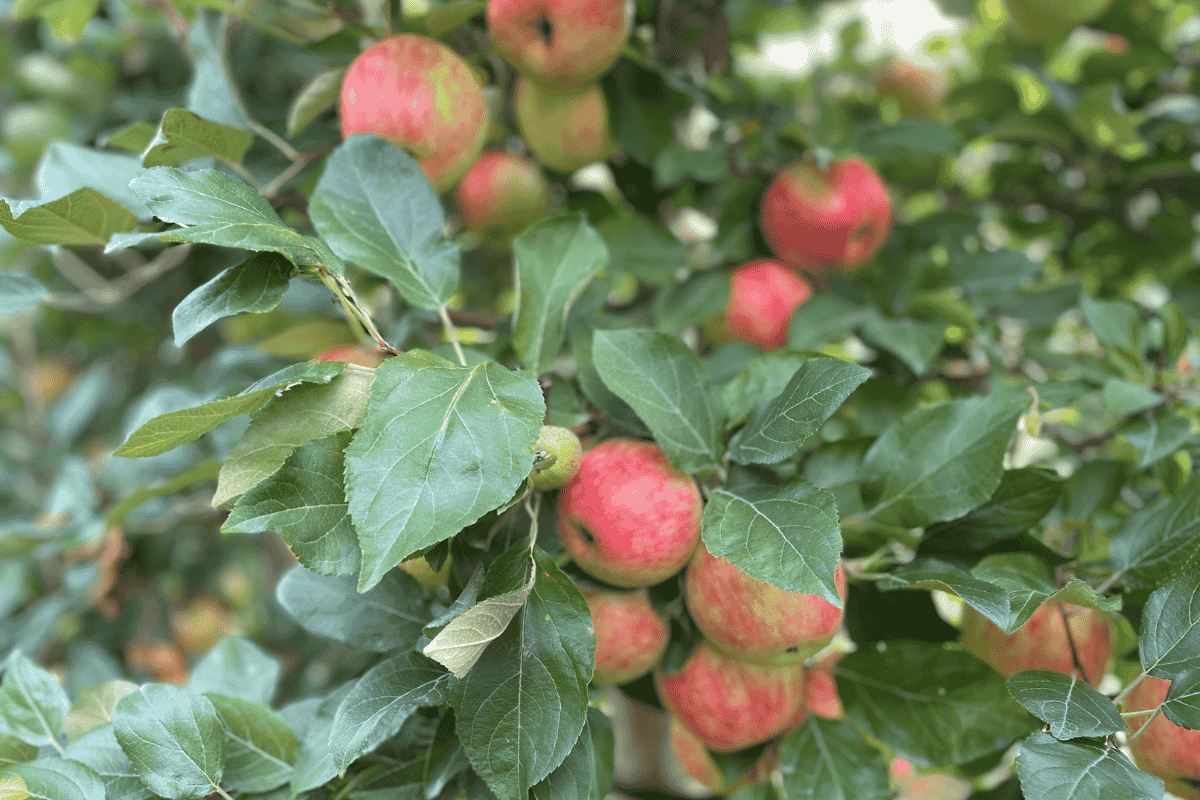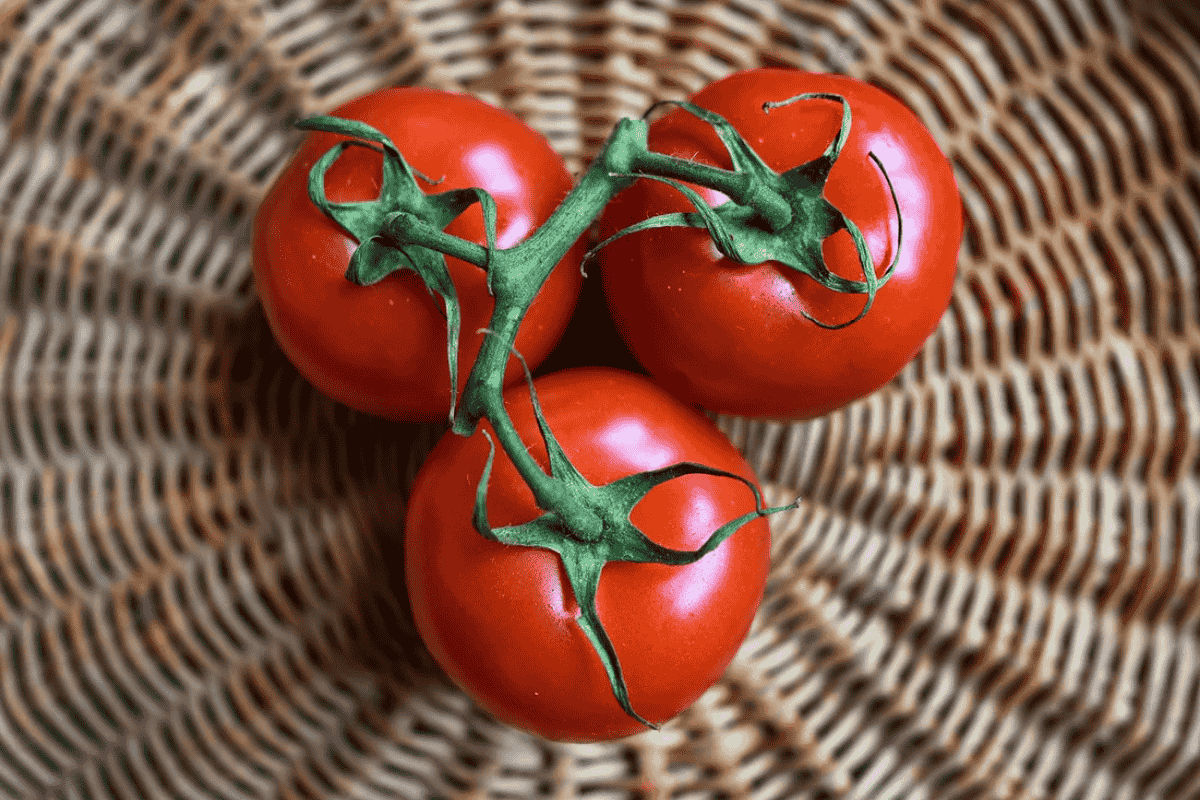Grooming is about more than just appearances—it’s essential for your puppy’s overall health. Regular grooming helps prevent matting that can cause painful skin infections, promotes dental health, protects paws from nail-related injuries, and can even reduce the risk of ear infections in certain breeds.
Beyond physical health, grooming also offers emotional benefits. With proper introduction, it becomes a calming bonding activity between you and your pup. It also allows for early detection of issues like ear infections, skin bumps, or parasites that might otherwise go unnoticed.
When Can a Puppy Get Groomed?
You can start acclimating your puppy to grooming right away. Simple steps like brushing their coat or handling their paws help build comfort. For toothbrushing, begin by letting your pup sniff the toothpaste before working up to brushing.
Professional grooming should start around 12–14 weeks, as long as your puppy is up to date on vaccinations. Early exposure is critical, especially for long- or curly-haired breeds that need more frequent trims.
Professional Puppy Grooming
Professional grooming is especially important for breeds like Maltese, Yorkies, Poodles, and Doodles, which are prone to matting. Even if you do most grooming at home, visiting a professional helps with socialization and ensures your puppy is prepared for future grooming needs.
Positive early experiences with a groomer can set your puppy up for a lifetime of stress-free care.
How to Find a Puppy Groomer
Choosing the right groomer is as important as finding a good vet. Look for recommendations from friends, family, or your vet, and always check reviews. Visiting the facility beforehand ensures it’s clean, safe, and well-maintained.
Ask about vaccination requirements, observe how dogs are treated between appointments, and confirm that the groomer has experience with breed-specific cuts if that’s important to you.
Preparing Your Dog for the Groomers
Before the first appointment, help your puppy get used to being handled—touch their nose, ears, belly, and feet regularly, using short, positive training sessions with treats.
On the day of grooming, keep drop-off and pick-up calm and low-key. Your relaxed demeanor will help your puppy feel more at ease. Communicate any concerns with the groomer and follow up afterward to prepare for the next visit.
Puppy Grooming Services
Most groomers offer the following services:
- Bath: Using dog-safe shampoo, followed by thorough rinsing and drying.
- Nails: Trimming or grinding nails to avoid painful breaks.
- Teeth: Brushing with dog-safe toothpaste for oral health.
- Glands: Expression of anal glands if necessary, especially if your pup scoots or licks excessively.
- Ears: Cleaning with ear-safe solutions; some breeds may require hair removal inside the ears.
- Coat: Brushing, blowouts, and trims tailored to your puppy’s breed and coat type.
A full-service appointment often takes 3–4 hours, depending on the services and breed.
How to Groom a Puppy at Home
Home grooming is a great way to bond with your dog and maintain their hygiene between professional visits. Basic steps include:
- Bathing with dog-safe shampoo
- Nail trimming
- Regular coat brushing
- Teeth brushing
Invest in a grooming kit with essential tools like a brush, nail clippers, toothbrush, and toothpaste. Clippers can be useful, but scissors should generally be left to professionals to avoid injury.
How Often Do Puppies Need Grooming?
Young puppies may benefit from visits every 2–3 weeks to establish positive routines, even if hygiene needs are minimal. Adult dogs typically need grooming every 4–6 weeks, depending on their coat type and lifestyle.
In between, brushing is essential—weekly for short-haired breeds and daily for long or curly coats.
